Home>Furniture & Design>Interior Design Trends>What Is Glass Made Of?
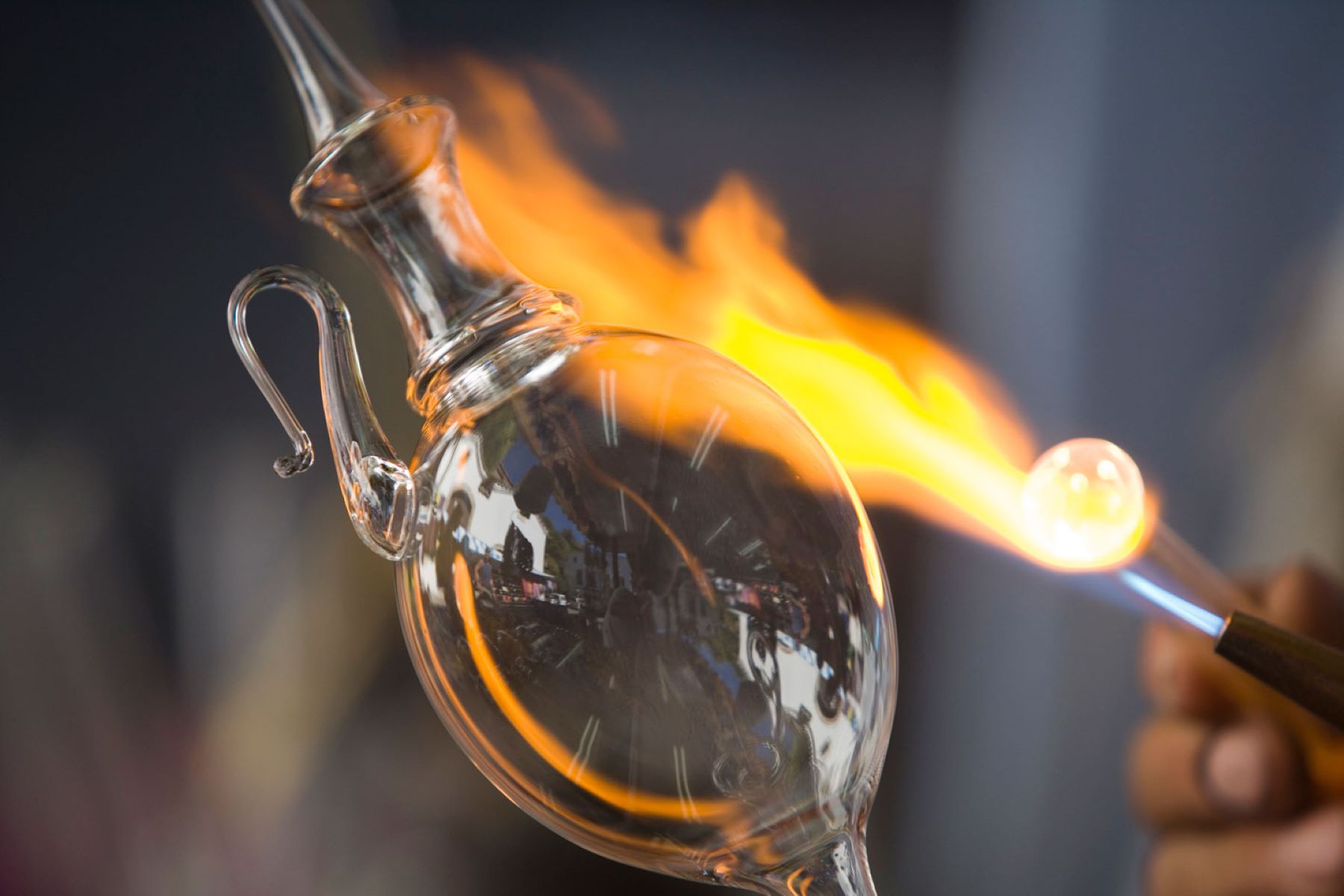

Interior Design Trends
What Is Glass Made Of?
Modified: October 19, 2024
Discover the latest interior design trends and learn what glass is made of. Explore the materials shaping modern interiors and stay ahead of the curve.
(Many of the links in this article redirect to a specific reviewed product. Your purchase of these products through affiliate links helps to generate commission for Storables.com, at no extra cost. Learn more)
Introduction
Glass is a versatile and ubiquitous material that has been an integral part of human civilization for centuries. From the windows that allow natural light to illuminate our homes to the sleek screens of our smartphones, glass is all around us, often taken for granted. However, have you ever stopped to wonder what this transparent material is made of? Understanding the composition and properties of glass can deepen our appreciation for its remarkable utility and beauty.
Glass is a non-crystalline, amorphous solid that is typically transparent and has widespread applications in construction, decoration, and technology. Its unique properties, such as transparency, hardness, and malleability, make it an essential material in various industries. In this article, we will delve into the fascinating world of glass, exploring its composition, manufacturing process, types, and common uses. By the end of this journey, you will have a newfound understanding of this remarkable material and its significance in our daily lives.
Key Takeaways:
- Glass is made of silica, soda ash, limestone, and other ingredients. It’s used in windows, bottles, and electronics, and its composition affects its strength and transparency.
- The manufacturing process of glass involves mixing raw materials, melting them, shaping the glass, and then cooling and finishing it. Different types of glass serve specific purposes in architecture, transportation, and everyday items.
Read more: What Are Glass Bottles Made Of
The Ingredients of Glass
Glass is primarily composed of silica, which is derived from sand. The main ingredient in glassmaking is silicon dioxide (SiO2), which is typically obtained from sand, although it can also be sourced from quartz and flint. In addition to silica, glass also contains various other substances that influence its properties and characteristics. These additional ingredients include:
-
Soda Ash (Sodium Carbonate): This component lowers the melting point of silica, making it easier to work with during the manufacturing process. It also enhances the transparency of the glass.
-
Limestone (Calcium Carbonate): Limestone serves as a stabilizer, preventing the glass from becoming soluble in water. It also helps to improve the chemical durability of the glass.
-
Dolomite: Dolomite is added to glass to provide hardness and resistance to wear. It also contributes to the overall stability of the glass.
-
Alumina (Aluminum Oxide): Alumina is used to increase the durability and resistance of the glass to thermal and mechanical shock. It also enhances the chemical resistance of the glass.
-
Colorants: Various metal oxides, such as cobalt oxide, copper oxide, and selenium, are added to the glass to impart different colors. For example, cobalt oxide produces a deep blue color, while copper oxide creates a green hue.
The precise combination and proportion of these ingredients determine the properties of the glass, such as its strength, transparency, and thermal resistance. The process of mixing these components and subjecting them to high temperatures results in the formation of a molten mass, which can then be shaped and cooled to create the final glass product.
Understanding the ingredients of glass provides insight into the intricate chemistry behind this seemingly simple material. The careful selection and manipulation of these components allow for the creation of a wide range of glass types, each tailored to specific applications and requirements. Whether it's the durable glass used in skyscrapers or the delicate glassware adorning our tables, the composition of glass plays a crucial role in shaping the world around us.
The Manufacturing Process
The manufacturing process of glass is a fascinating blend of art, science, and precision engineering. It involves a series of intricate steps that transform raw materials into the transparent, durable substance we encounter in our daily lives. The process begins with the careful selection and preparation of the raw materials, followed by the precise execution of heating, shaping, and cooling stages. Let's take a closer look at the key stages involved in the manufacturing of glass.
-
Batching: The first step in the manufacturing process is the meticulous selection and mixing of raw materials. The precise combination of silica sand, soda ash, limestone, dolomite, alumina, and colorants is crucial in determining the properties and characteristics of the glass. The carefully measured ingredients are mixed together to form a homogeneous batch, ready for the next stage.
-
Melting: The batch is then fed into a furnace, where it undergoes a high-temperature melting process. The intense heat causes the raw materials to fuse together, forming a molten mass known as "glass melt." The temperature and duration of the melting process are carefully controlled to ensure the proper homogenization of the glass melt.
-
Shaping: Once the glass melt reaches the desired consistency, it is ready to be shaped into the desired form. This can be achieved through various techniques, such as blowing, pressing, or drawing, depending on the intended use of the glass. Skilled artisans and advanced machinery are employed to mold the molten glass into the desired shapes, whether it's a delicate vase, a sturdy window pane, or a precision optical lens.
-
Annealing: After shaping, the newly formed glass undergoes a process called annealing. This involves carefully controlled cooling to relieve internal stresses and strengthen the glass. The gradual cooling process helps to prevent cracking or distortion, ensuring that the glass achieves the desired strength and durability.
-
Finishing: Once the glass has been shaped and annealed, it undergoes various finishing processes to achieve the desired surface characteristics. This may involve polishing, coating, or additional treatments to enhance the functionality and aesthetics of the glass.
The manufacturing process of glass exemplifies the intricate interplay of chemistry, physics, and craftsmanship. From the precise selection of raw materials to the controlled manipulation of temperature and shaping techniques, every step contributes to the creation of a material that is both functional and visually captivating. The artistry and precision involved in the manufacturing process underscore the remarkable versatility and indispensability of glass in our modern world.
Types of Glass
Glass comes in a diverse array of types, each tailored to specific applications and possessing unique properties that make them suitable for various purposes. Understanding the different types of glass allows us to appreciate the versatility and functionality of this remarkable material. Here are some of the most common types of glass:
-
Soda-Lime Glass: This is the most prevalent type of glass, known for its clarity and versatility. It is used in the production of windows, bottles, and glass containers. Soda-lime glass is composed of silica, soda ash, and limestone, and it can be easily recycled, making it an environmentally friendly option.
-
Float Glass: Also referred to as flat glass, float glass is manufactured using a process where molten glass is floated on a bed of molten metal, typically tin. This method results in exceptionally smooth and uniform glass sheets, making it ideal for architectural applications such as windows, doors, and glass facades.
-
Tempered Glass: Tempered glass is engineered to be stronger and more resistant to breakage than standard glass. It undergoes a specialized heat treatment process, followed by rapid cooling, which enhances its strength and durability. Tempered glass is commonly used in shower doors, automobile windows, and architectural glass installations.
-
Laminated Glass: This type of glass is constructed by bonding two or more layers of glass with an interlayer, often made of polyvinyl butyral (PVB). Laminated glass is designed to remain intact when shattered, making it a popular choice for safety glazing in automobiles, skylights, and hurricane-resistant windows.
-
Low-E Glass: Low-emissivity (Low-E) glass is coated with a thin layer of metallic oxides to minimize the transfer of heat and ultraviolet (UV) rays. This energy-efficient glass is commonly used in windows to improve insulation and reduce energy consumption in buildings.
-
Frosted Glass: Frosted glass undergoes a process that renders its surface translucent, providing privacy while allowing light to pass through. It is often used in interior design for decorative purposes, such as in partitions, doors, and windows.
-
Borosilicate Glass: Known for its high thermal resistance and durability, borosilicate glass is commonly used in laboratory equipment, cookware, and high-quality lighting products. It can withstand rapid temperature changes without shattering, making it a preferred choice for various industrial and domestic applications.
Understanding the distinct characteristics and applications of these types of glass underscores the remarkable adaptability and utility of this material in diverse industries and everyday life. Whether it's the strength of tempered glass, the energy efficiency of Low-E glass, or the aesthetic appeal of frosted glass, each type serves a specific purpose, contributing to the functionality and visual appeal of the spaces and products in which they are utilized.
Common Uses of Glass
Glass is an indispensable material that permeates various aspects of our daily lives, offering a unique combination of transparency, strength, and versatility. Its diverse properties make it suitable for a wide range of applications across different industries. From architectural marvels to everyday consumer products, glass serves both functional and aesthetic purposes, enriching our surroundings and enhancing our experiences.
Read more: What Are Glass Noodles Made Of
Architectural Glazing
One of the most prominent uses of glass is in architectural glazing, where it is employed to create stunning facades, expansive windows, and sleek interior partitions. The use of glass in modern architecture has revolutionized the design of buildings, allowing for abundant natural light, unobstructed views, and visually striking structures. From towering skyscrapers to contemporary residential homes, glass plays a pivotal role in shaping the aesthetic and environmental aspects of architectural design.
Interior Design and Décor
In interior design, glass is utilized to add elegance and sophistication to spaces. Glass elements such as mirrors, tabletops, and decorative panels contribute to an illusion of spaciousness and luminosity, creating visually appealing interiors. Additionally, glass tiles and mosaics are popular choices for adding a touch of luxury and luminosity to kitchens, bathrooms, and other living spaces.
Transportation
Glass is an integral component of various modes of transportation, including automobiles, trains, and aircraft. In automotive applications, laminated and tempered glass are used for windshields, windows, and sunroofs, providing safety, visibility, and structural support. Similarly, in the aviation and railway industries, specialized glass products are employed for windows, cockpit displays, and interior fittings, ensuring passenger safety and comfort.
Consumer Electronics
The sleek screens of smartphones, tablets, and televisions are made possible by the application of glass. Thin, durable, and scratch-resistant glass panels enhance the visual clarity and touch sensitivity of electronic devices, contributing to the seamless user experience. Furthermore, glass is utilized in the production of camera lenses, optical fibers, and display technologies, underscoring its indispensable role in the advancement of consumer electronics.
Read more: What Are Riedel Crystal Glasses Made Of?
Tableware and Packaging
Glassware, including drinking glasses, vases, and decorative ornaments, adds a touch of refinement to dining and entertaining experiences. Its transparency and ability to showcase the contents within make it a preferred choice for food and beverage packaging, preserving the freshness and visual appeal of various products. Additionally, glass containers for cosmetics, pharmaceuticals, and perfumes offer a combination of hygiene, durability, and aesthetic appeal.
Environmental and Energy Applications
In the realm of sustainable design, glass is harnessed for energy-efficient solutions. Low-E glass, for instance, is instrumental in improving the thermal performance of buildings, reducing heat loss and enhancing natural light penetration. Furthermore, glass is utilized in the construction of solar panels and photovoltaic systems, contributing to the generation of renewable energy and the advancement of sustainable technologies.
Art and Sculpture
The artistic potential of glass is showcased in the creation of intricate sculptures, stained glass windows, and contemporary art installations. Glass artists and craftsmen harness its malleability and luminous qualities to produce captivating works that adorn public spaces, galleries, and private collections. The interplay of light and color in glass art adds a dimension of beauty and expression to diverse artistic endeavors.
From the grandeur of architectural marvels to the intimacy of everyday objects, glass enriches our surroundings and experiences in myriad ways. Its adaptability, durability, and aesthetic appeal position it as an enduring and essential material in the modern world, shaping the way we live, work, and interact with our environment.
Conclusion
In conclusion, the world of glass is a captivating fusion of science, art, and functionality. From its humble origins as a blend of silica, soda ash, limestone, and other carefully selected ingredients to its transformation into a myriad of types tailored for specific applications, glass embodies the ingenuity and creativity of human craftsmanship. The manufacturing process, with its meticulous blending, melting, shaping, and annealing stages, showcases the precision and expertise required to harness the potential of this remarkable material.
The diverse types of glass, ranging from the ubiquitous soda-lime glass to the specialized low-E and borosilicate variants, underscore the adaptability and versatility of glass in meeting a wide spectrum of needs. Whether it's providing structural support in architectural glazing, enhancing the visual appeal of consumer electronics, or adding a touch of elegance to interior design, glass continues to redefine the boundaries of innovation and functionality.
Moreover, the common uses of glass across architectural, transportation, consumer electronics, and artistic domains highlight its pervasive presence in our daily lives. Its ability to seamlessly blend functionality with aesthetic appeal makes it an indispensable component of modern design and technology. From the sleek screens of smartphones to the towering glass facades of urban skyscrapers, glass shapes our experiences and interactions with the world around us.
As we reflect on the multifaceted role of glass, it becomes evident that its significance extends beyond mere utility. It embodies a timeless elegance and a sense of transparency that transcends its physical properties, enriching our surroundings and experiences. Whether it's the play of light through a stained glass window, the clarity of a smartphone display, or the structural integrity of a high-rise building, glass continues to captivate and inspire, leaving an indelible mark on the fabric of our modern society.
In essence, the story of glass is one of innovation, resilience, and beauty. Its evolution from raw materials to refined products mirrors the evolution of human creativity and the pursuit of excellence. As we look to the future, the enduring presence of glass in our lives serves as a testament to its timeless appeal and its unwavering ability to elevate the human experience.
Frequently Asked Questions about What Is Glass Made Of?
Was this page helpful?
At Storables.com, we guarantee accurate and reliable information. Our content, validated by Expert Board Contributors, is crafted following stringent Editorial Policies. We're committed to providing you with well-researched, expert-backed insights for all your informational needs.
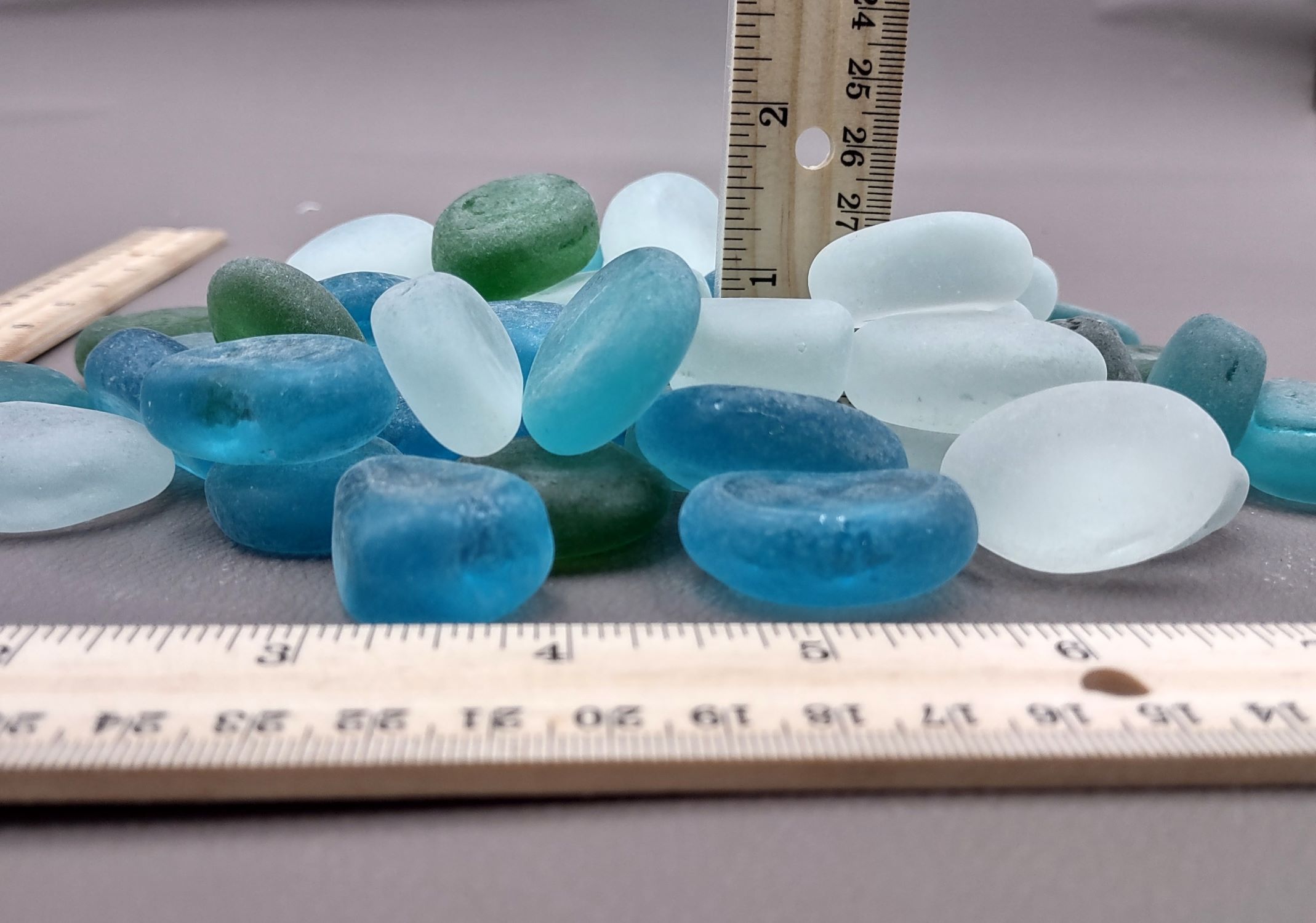
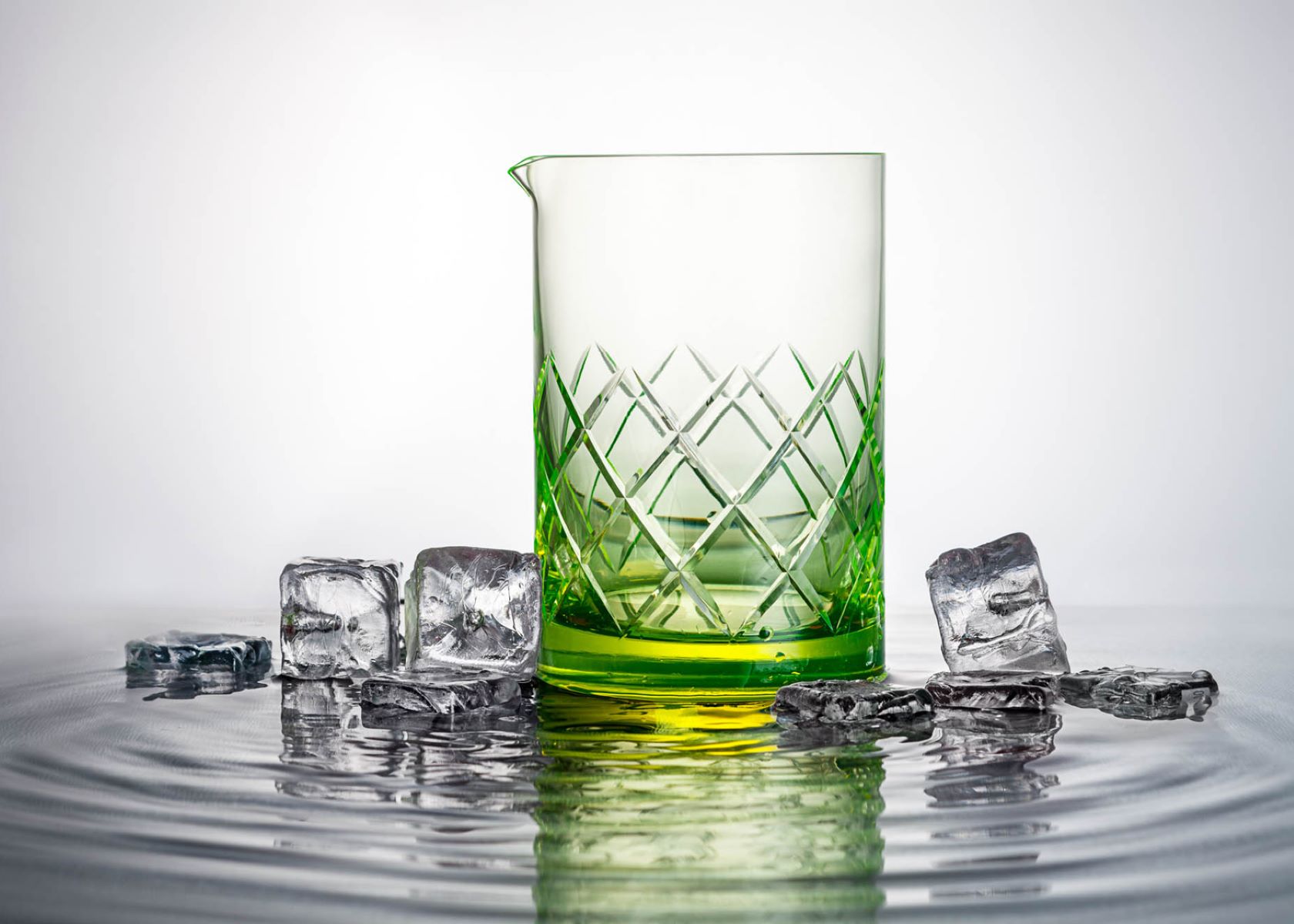
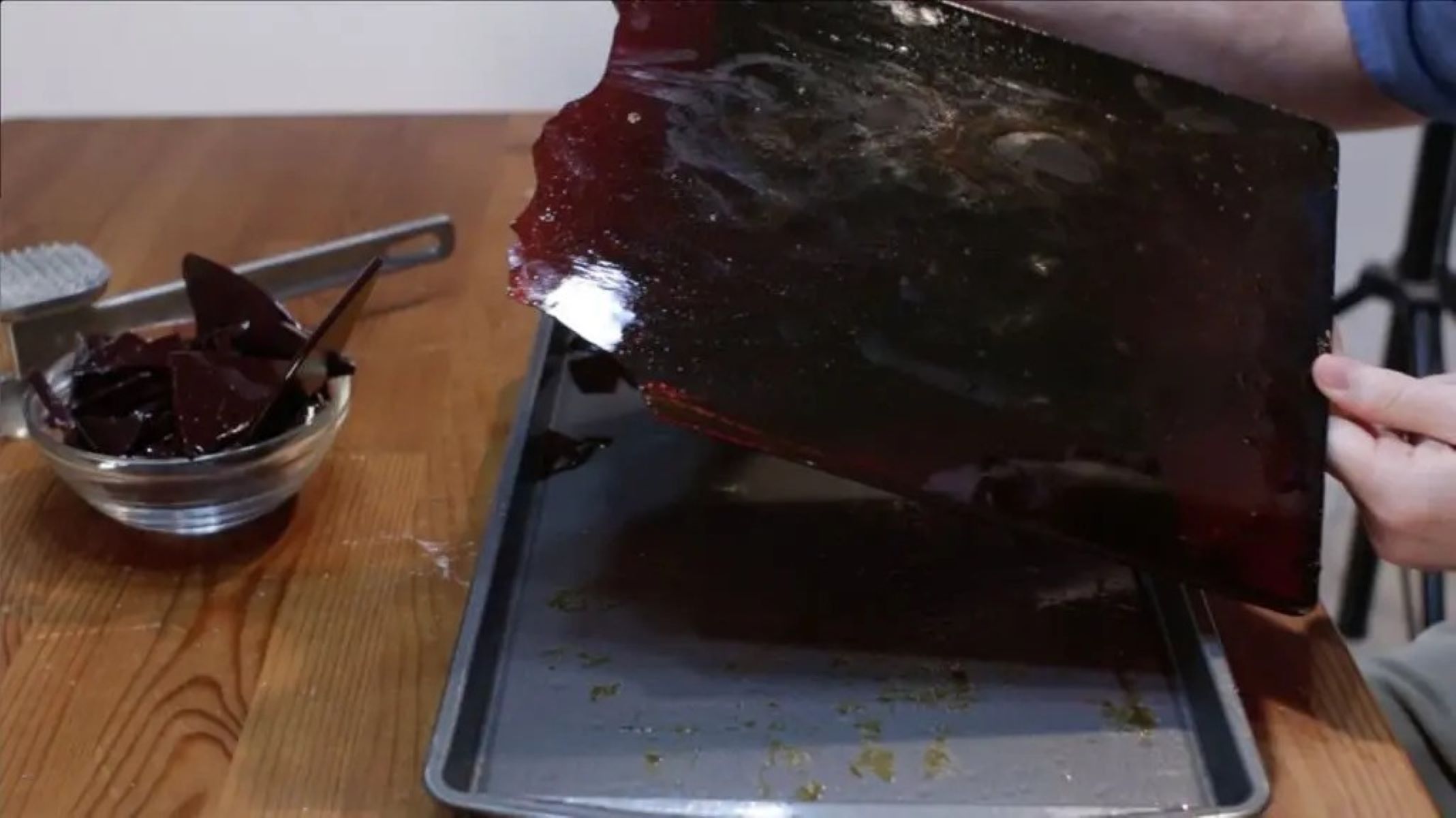
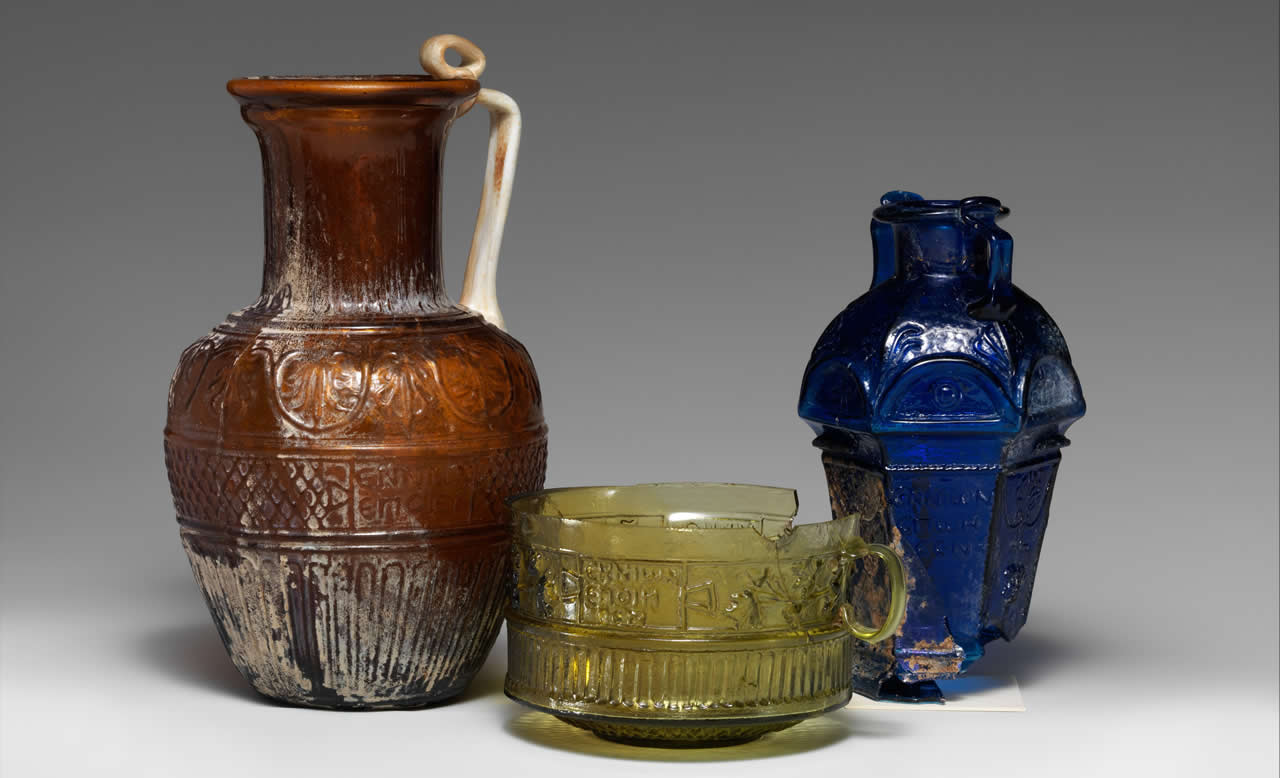
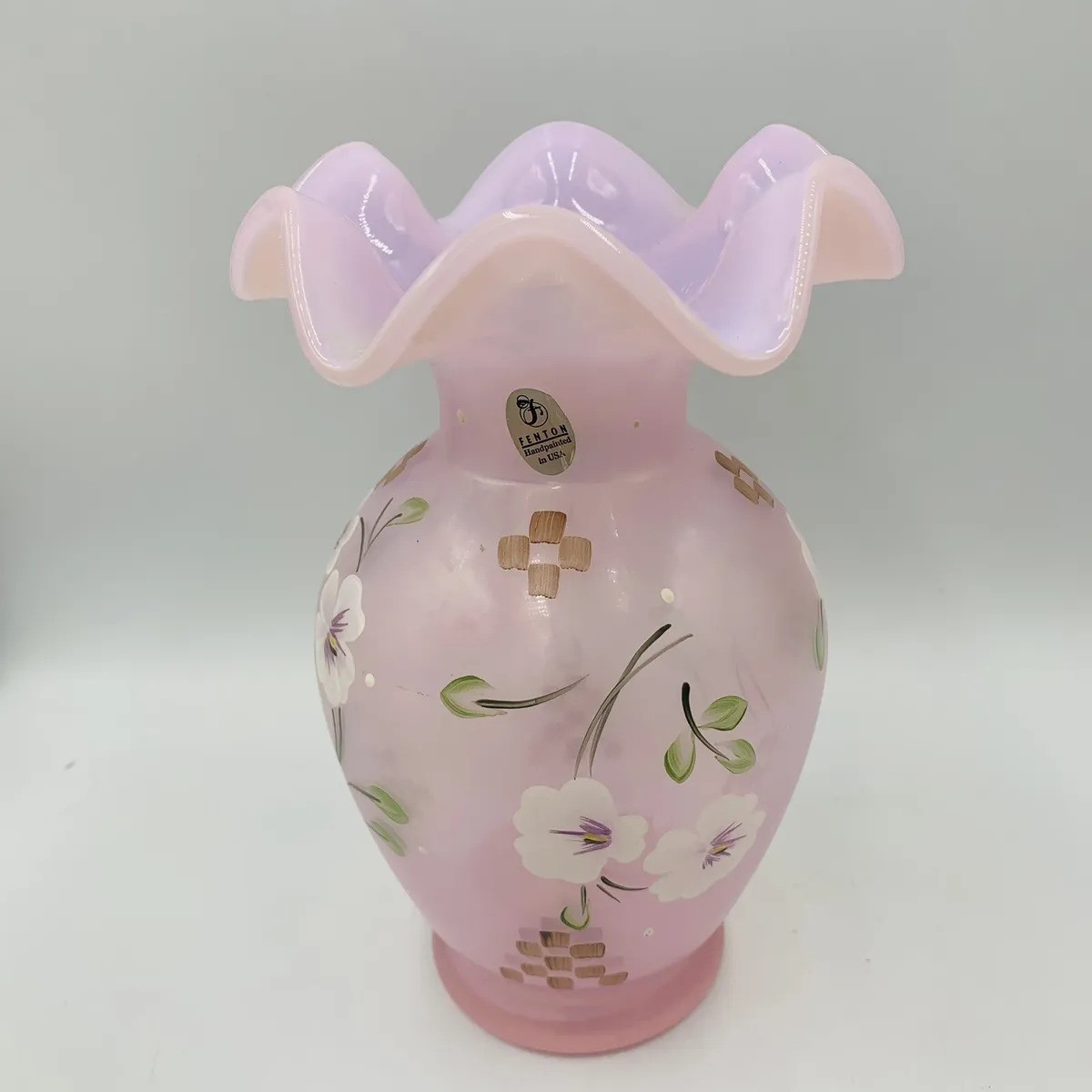
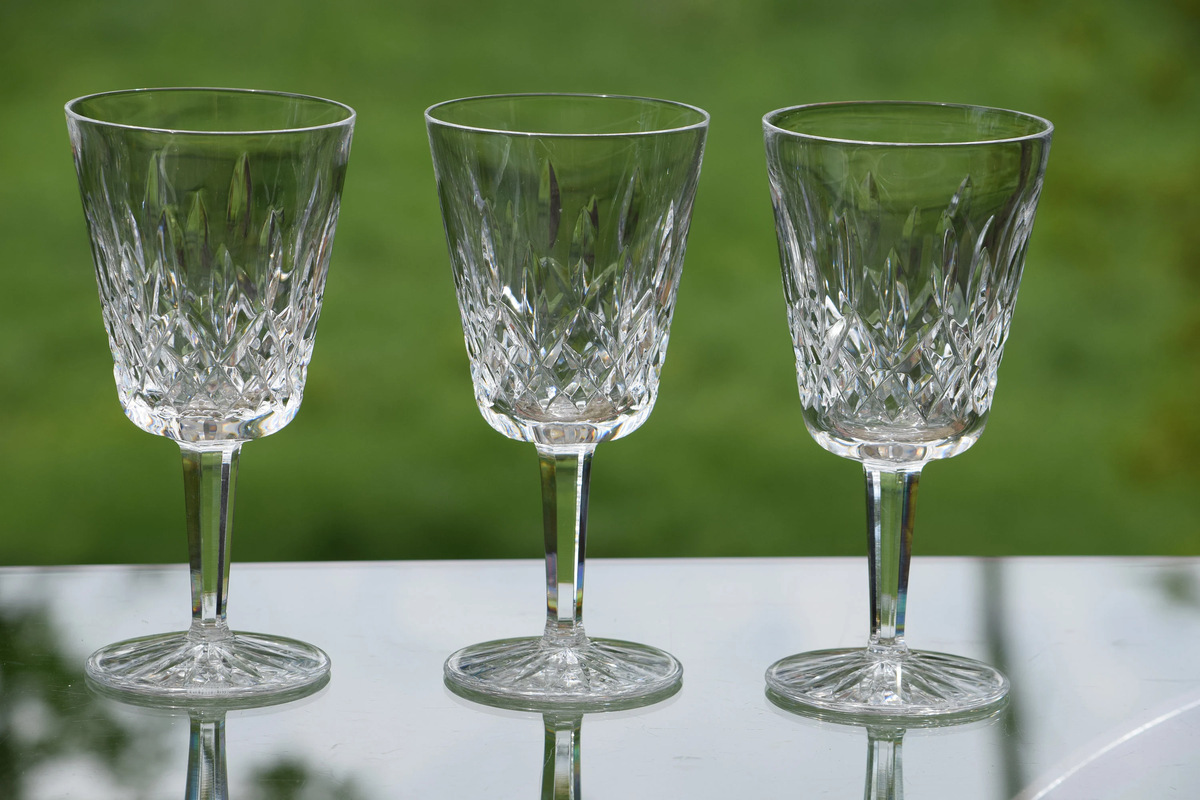
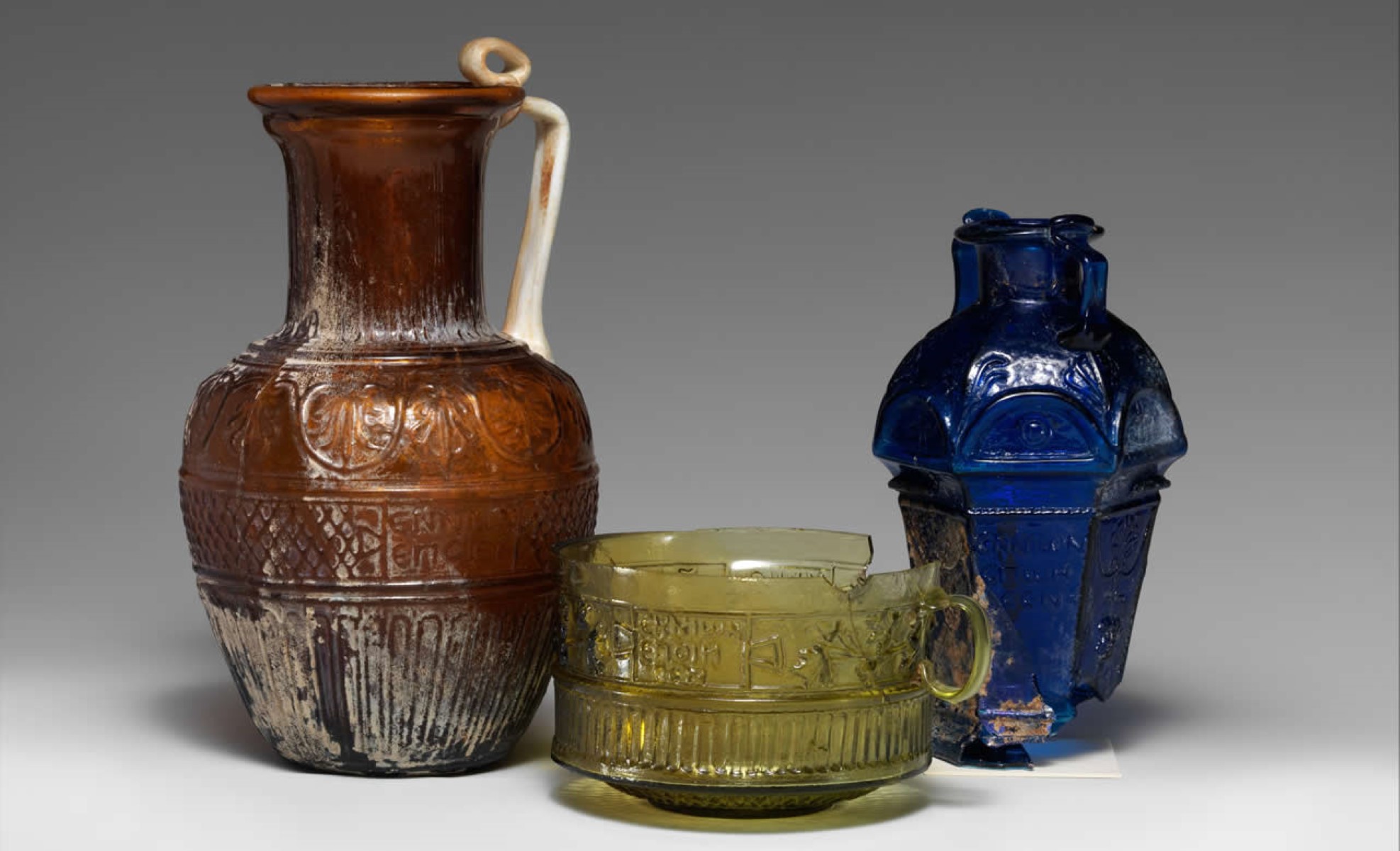
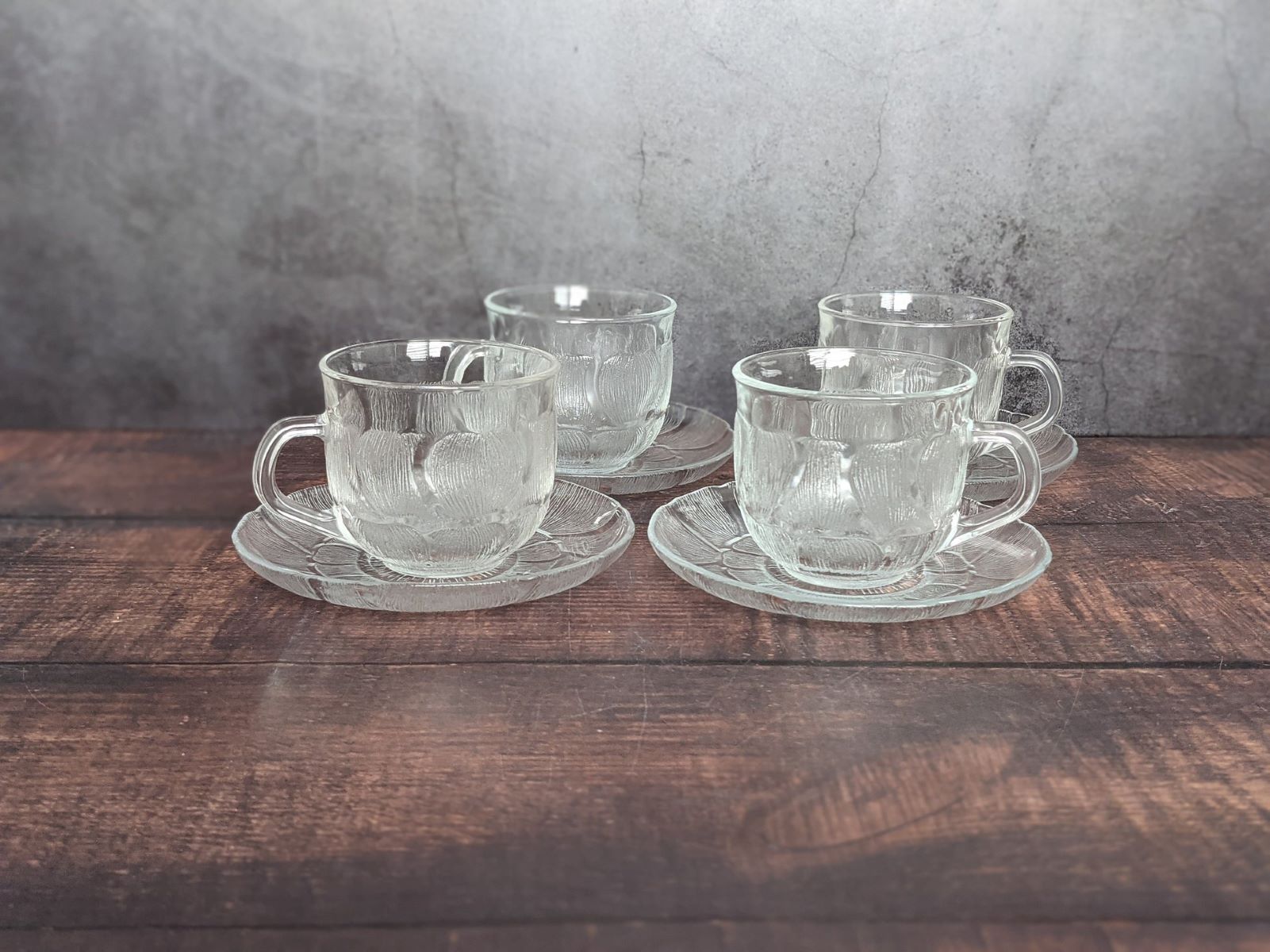
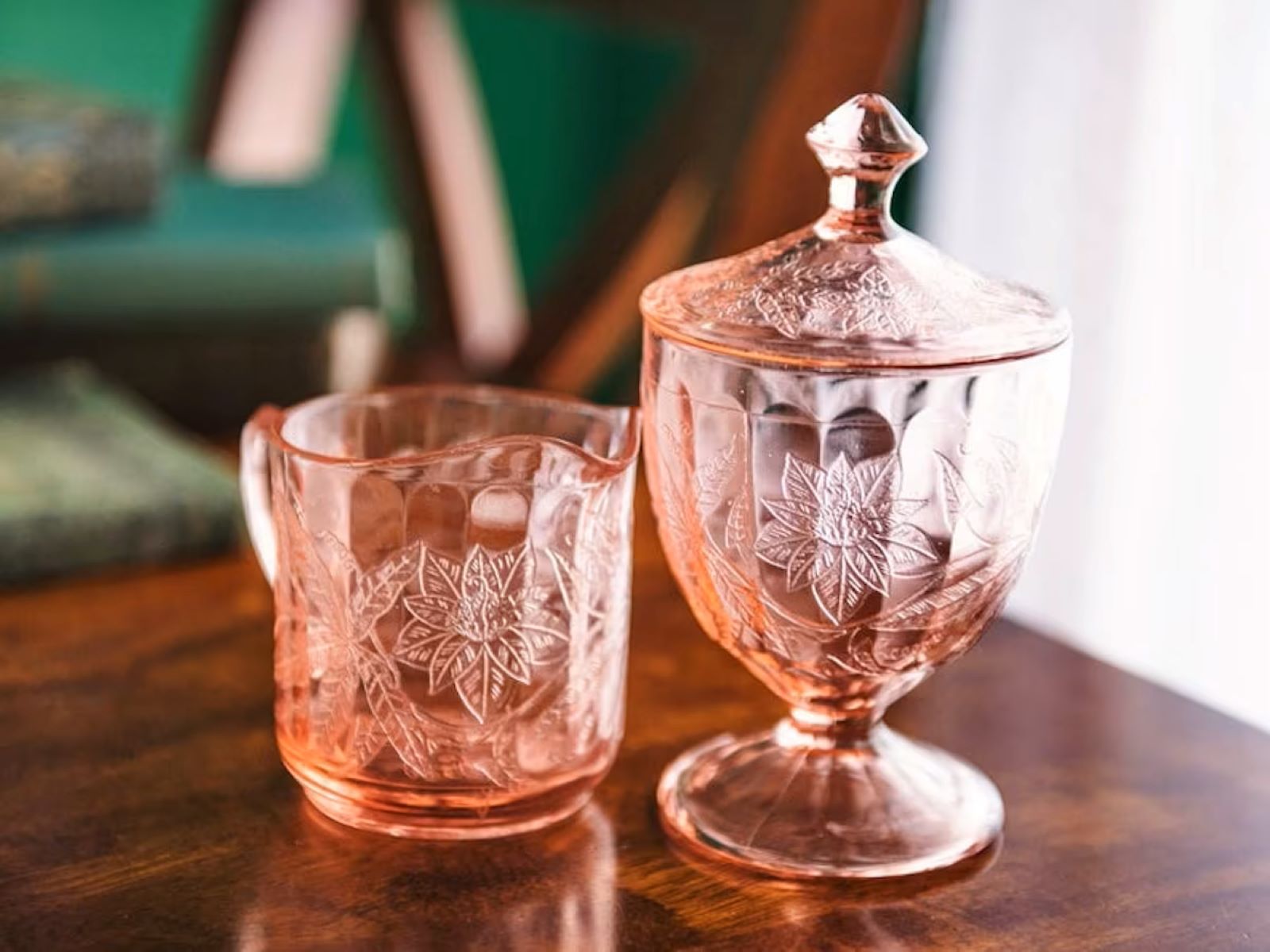
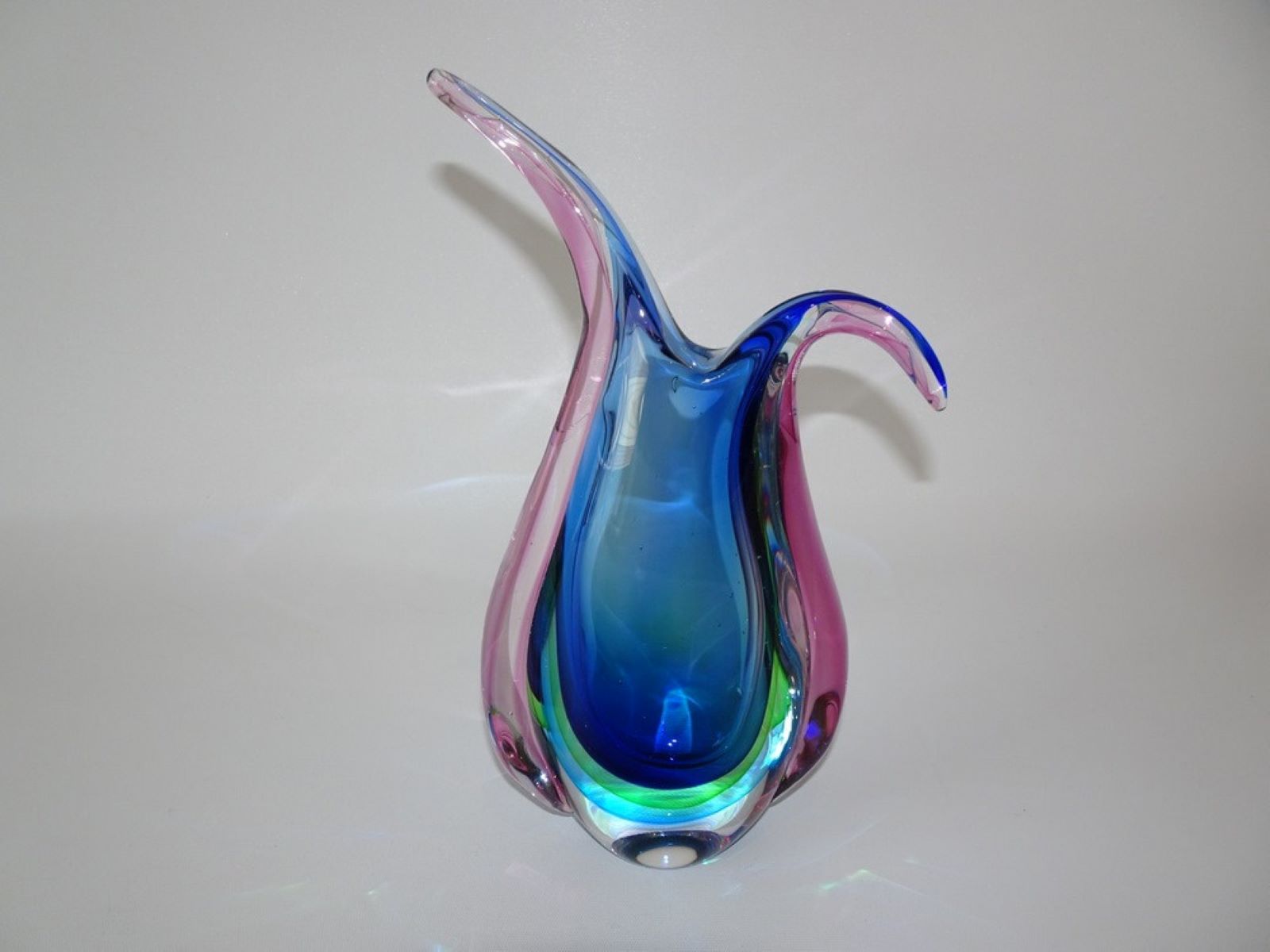
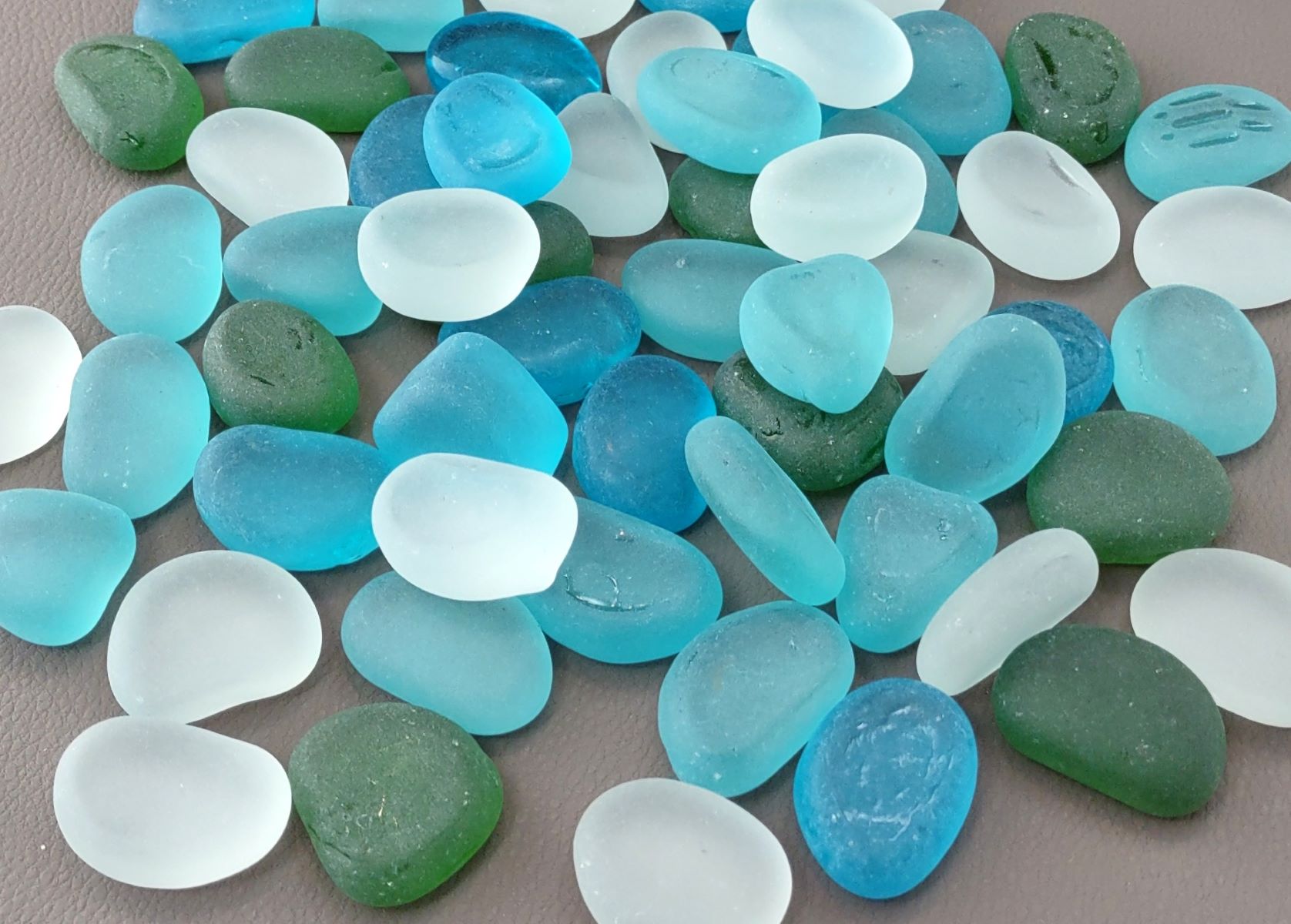
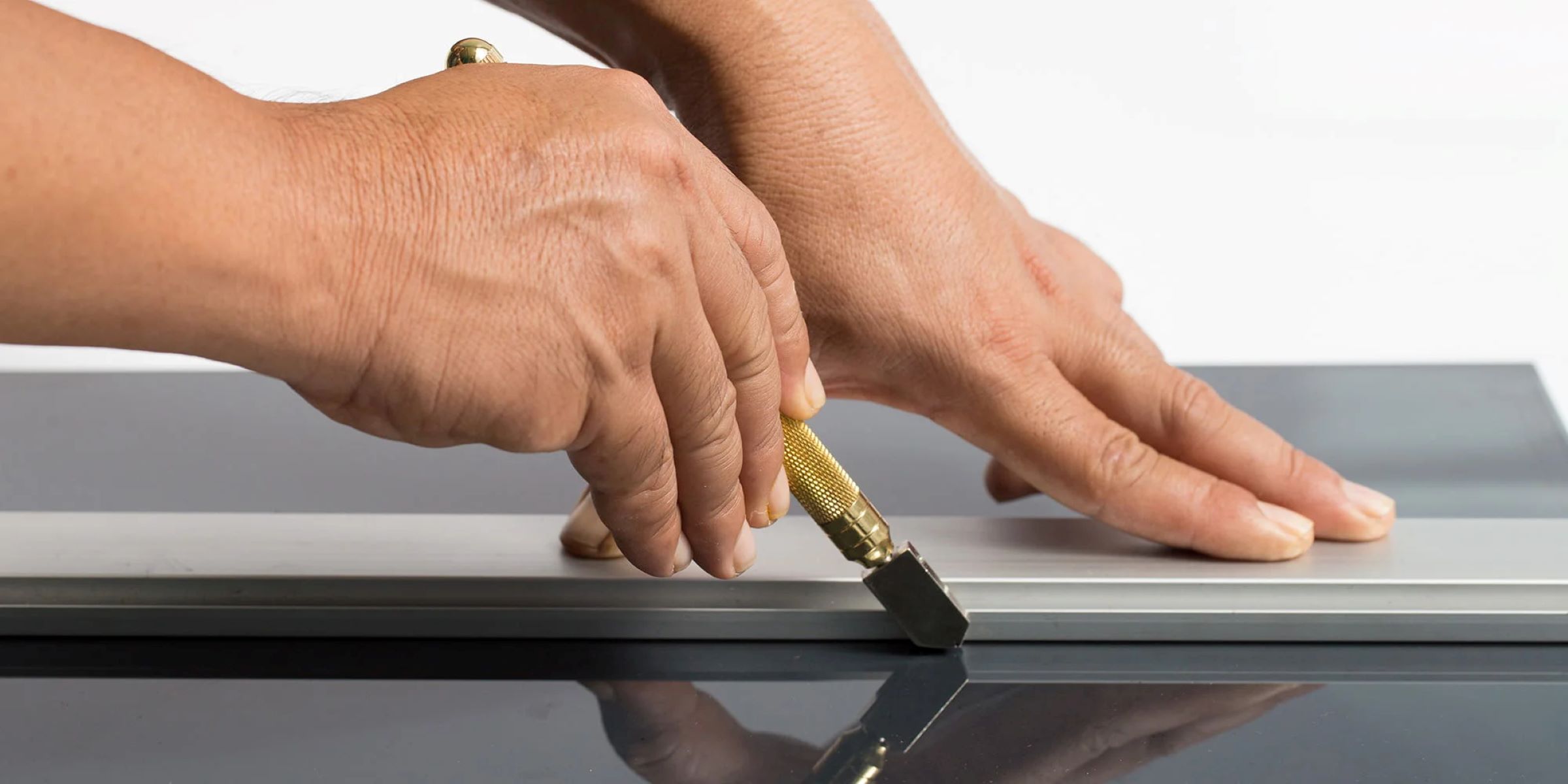
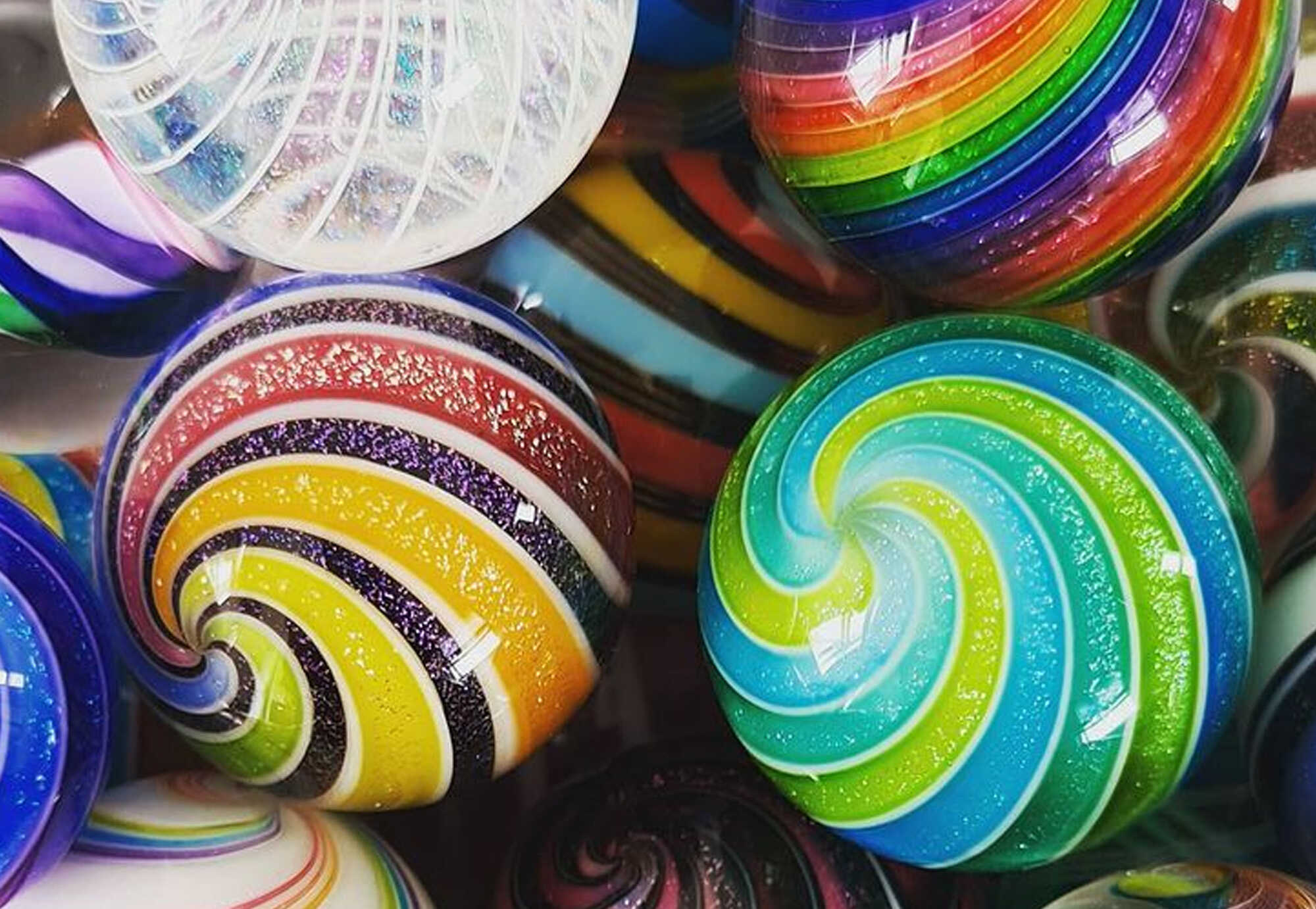

0 thoughts on “What Is Glass Made Of?”